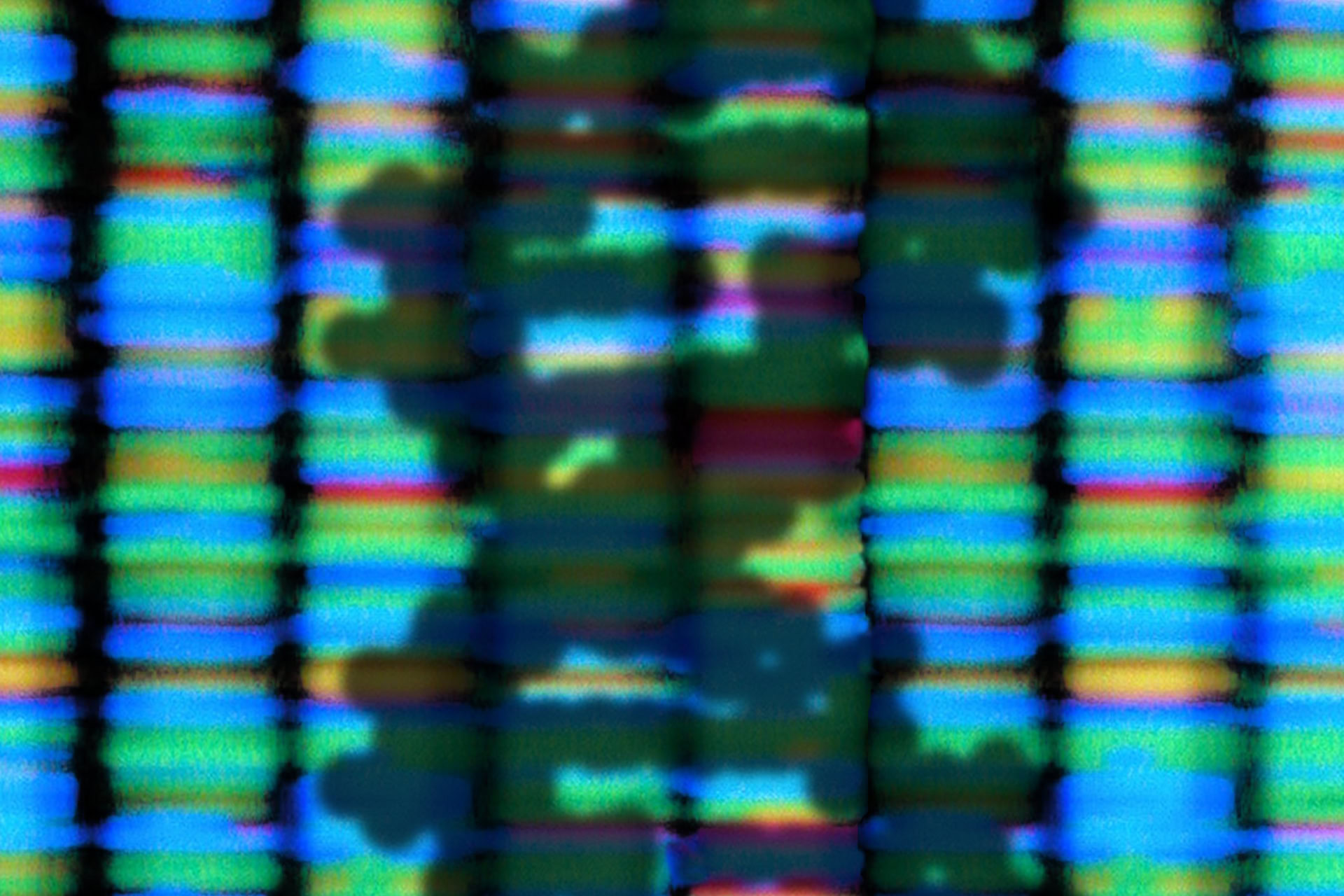|
Mixed Race Britain: How the World Got Mixed Up BBC2, Saturday 8 October 2011 |
'One of the very few universal laws of history is this: whenever and wherever people of different races have been brought together they have always mixed. For most of human history the power of sex managed to undermine the power of race'.
Well, perhaps not undermine, but challenge, certainly. The preceding programme synopsis refers to BBC2's recent documentary entitled How The World Got Mixed Up, broadcast on Saturday 8 October 2011, as part of the BBC's Mixed Race Britain season. The programme attempts to document the phenomena of 'mixed race' as a category of ethnicity — or indeed, a lack thereof.
Over the course of the programme we are swept through a five-hundred-year history of 'exploitation and Empire building' that seeks to explain 'mixed race' society. The documentary separately focuses on different episodes in history where interracial relationships were contentious: the American Civil Rights Movement; British colonisation of America and relationship with Native Americans; the African slave trade; the Spanish Conquests in South America; Portuguese colonisation of South India; British colonisation of India; French colonisation of Louisiana; Germany under the Third Reich; and South Africa during Apartheid.
Of course, a mere hour and a half is barely enough time to explain just one of these historical periods and the various nuances — political, economic, social, cultural — that can account for race relations; let alone all of them. And, indeed, such a thorough investigation is not the stated purpose of this documentary. From the outset, the idea of 'tasting the forbidden fruit' is identified as a recurring (perhaps unifying?) theme that explains 'mixed race'. The opening voiceover relates: 'For years interracial sex was one of the great taboos: a world divided by the idea of race shrouded interracial desire in secrecy and shame…'
However, after a relatively bold opening, the documentary disappoints in its explanation of sexual desire subverting racial division. Racial stereotypes of the female 'other' as a beautiful, forbidden object of sexual desire, and the male 'other' as a dangerous, sexual predator, are identified and restated throughout the documentary. But no analysis or explanation of desire vis-Ã -vis the 'other' or 'outsider' is attempted. Furthermore, related discourses in gender studies are simply ignored. Thus, what emerges is a half-baked account of interracial relations across all time and cultures: the tension between an inexplicable desire for the 'other'; the need to suppress and control the 'other'; and the instinct to maintain racial integrity. A clearer distinction could have been made between the issue of mixed race binary relationship in itself, and the separate issue of that relationship in the broader societal context. The makers of the documentary appeared to attempt to address both issues, but did so in a muddled sort of fashion.
Despite lacking a certain academic depth or rigour, this documentary provides a nice overview of the ebb and flow of the idea of 'mixed race' throughout modern history. It is easy to see the acceptance of mixed race couples as part of a broader, on-going civil liberties movement, and therefore in terms of chronological historical progression. Interestingly, and importantly, the documentary depicts episodes in history of arguably greater diversity and acceptance than today. For example, William Dalrymple, author of 'White Mughals' refers to India during 1780s, where in trading towns such as Calcutta, one third of British households were racially mixed — a higher proportion than that found in some of the most diverse areas of contemporary London. The same commentator also pointed out the parallel between diversity and acceptance corresponding to the height of equal economic and military power (in this case, between the British and the Indians). Subsequent scandals served to disrupt the delicate balance of power, and with it, the society that openly accepted mixed race couples.
The documentary closes with a brief look at the idea of 'mixed race' in present-day Britain. The few minutes devoted to contemporary perceptions of mixed race couples fails to capture the complexities and tension that continues to pervade this issue. But perhaps that will be the subject of another production.
Although sketchy in parts, overall, this was an interesting and well-made documentary that has certainly caused me to think about, and research further, some of the issues concerning the idea of 'mixed race'.





Leave a Reply
You must be logged in to post a comment.